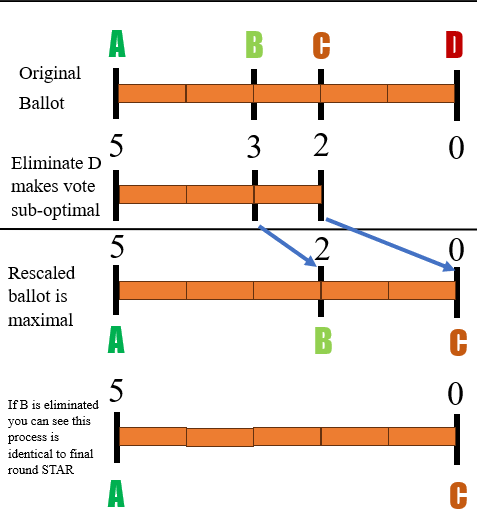This was an interesting read. This was a large scale study which gave the ultimatum game to 1100 serving politicians in 5 different countries. In this game a hypothetical prize of $1000 is divided between two people. One party sends an ultimatum ("I will give you $100, I will take $900.") and the other party chooses weather to accept that offer or decline; in which case both sides get nothing. A rational agent would accept $1 and propose taking $999.
In this study an interesting finding was that on average politicians we behaving altruistically (giving more to the other party than they would receive). On average over all sampled politicians were giving 49% of the prize to political opponents and giving 57% to in-group members. Compared to most other studies of the ultimatum game this is far above most people and very far above the rational expectation. The result is also remarkably consistent between countries. When the out-group and in-group results are combined this gives the result that the politicians surveyed are slightly altruistic in the game.
This one surprised me, I expected the politicians surveyed to be much more greedy.
For modeling it also raises many question, because the behavior isn't just different from rational agents, it isn't remotely close to the rational expectation. In considering IIA I also think this result in interesting because a (0,0) outcome should generally be an irrelevant alternative if any higher prize is on the table. What's "altruistically" driving up the prize value here is a deterrence effect from an assumption on the other party's willingness to "use the nuclear option." So if you give a decision making system a "everyone mutually loses" people will have a higher willingness to use that option more frequently than you would expect from a rational agent. The presence of "nuclear option" works unreasonable well for creating outcomes very close to fair.
